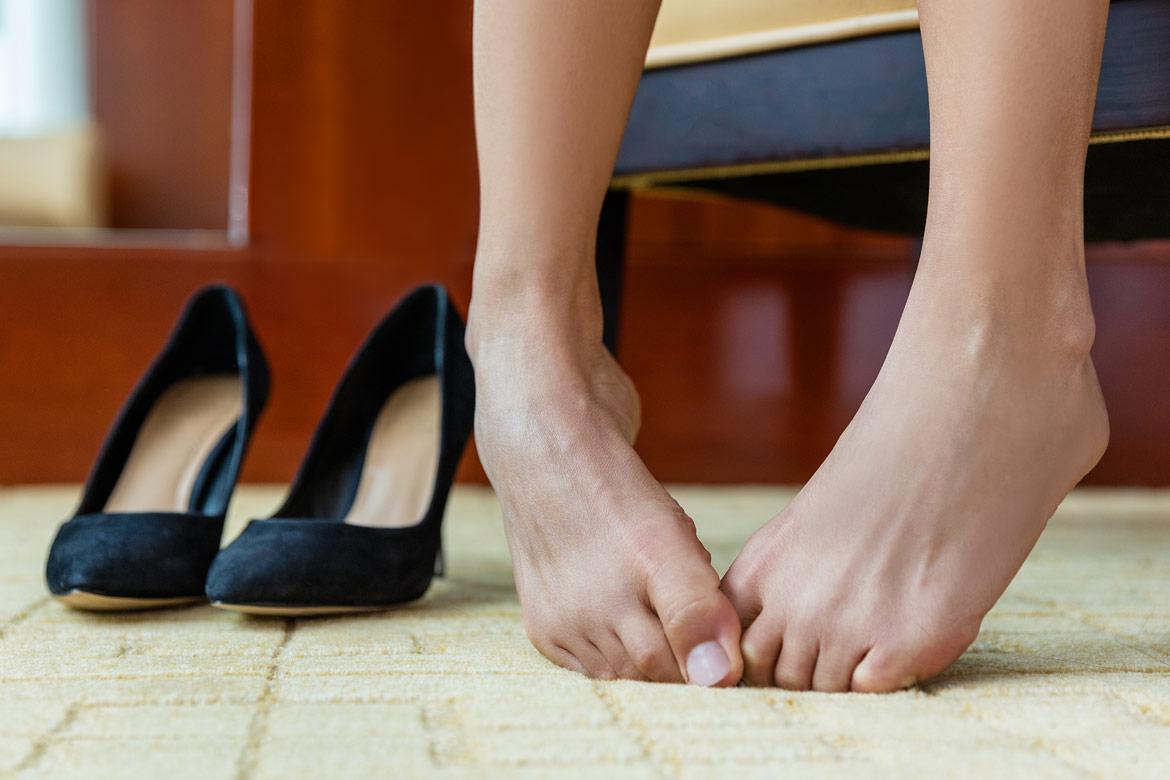
Bunions (Hallux Valgus)
Frequently asked questions
A: Bunions, although not all, can be painful, with the pain concentrated in the toes, on the bulging big toe joint or along the bottom of the foot. The pain occurs when you wear shoes that are too tight. Sometimes, bunions can damage nerves in the big toe, resulting in numbness. Corns or calluses form on the affected toes, and the skin on the sole of the foot gets thick and hard. The big toe joint may appear red and swollen. Bunions can make you unstable on your feet, which increases your risk of falls.
A: You can manage pain from a bunion by wearing shoes that have padded soles and provide ample room for your toes or by wearing arch supports in your shoes. Your doctor may also place a bunion pad or tape your foot into a normal position to reduce pressure on the bunion. Finally, you may take over-the-counter painkillers such as acetaminophen, ibuprofen, or naproxen.
A: In people who have a bunion, the bone of the big toe slowly moves sideways towards the other foot. As a result, the joint at the base of the big toe sticks out and the big toe is pulled towards the other toes.
A: To prevent bunions, you are advised to wear comfortable, proper-fitting shoes. Shoes with wide toe boxes provide adequate room for the front of the foot and ease pressure on the toes and the ball of the foot. Alternatively, you can wear shoe inserts that help the feet and toes to be in their natural position.
This coverage checker is brought to you by Health Insured, an online resource that helps you understand your health coverage in Singapore.
This page has been reviewed by our medical content reviewers.
Need help?
For enquiries, please call
+65 6250 0000 (Orchard) or +65 6898 6898 (Novena)
For appointment bookings, please WhatsApp
+65 8111 7777 (Orchard) or +65 8111 5777 (Novena)
 Brain & Spine Care
Brain & Spine Care


